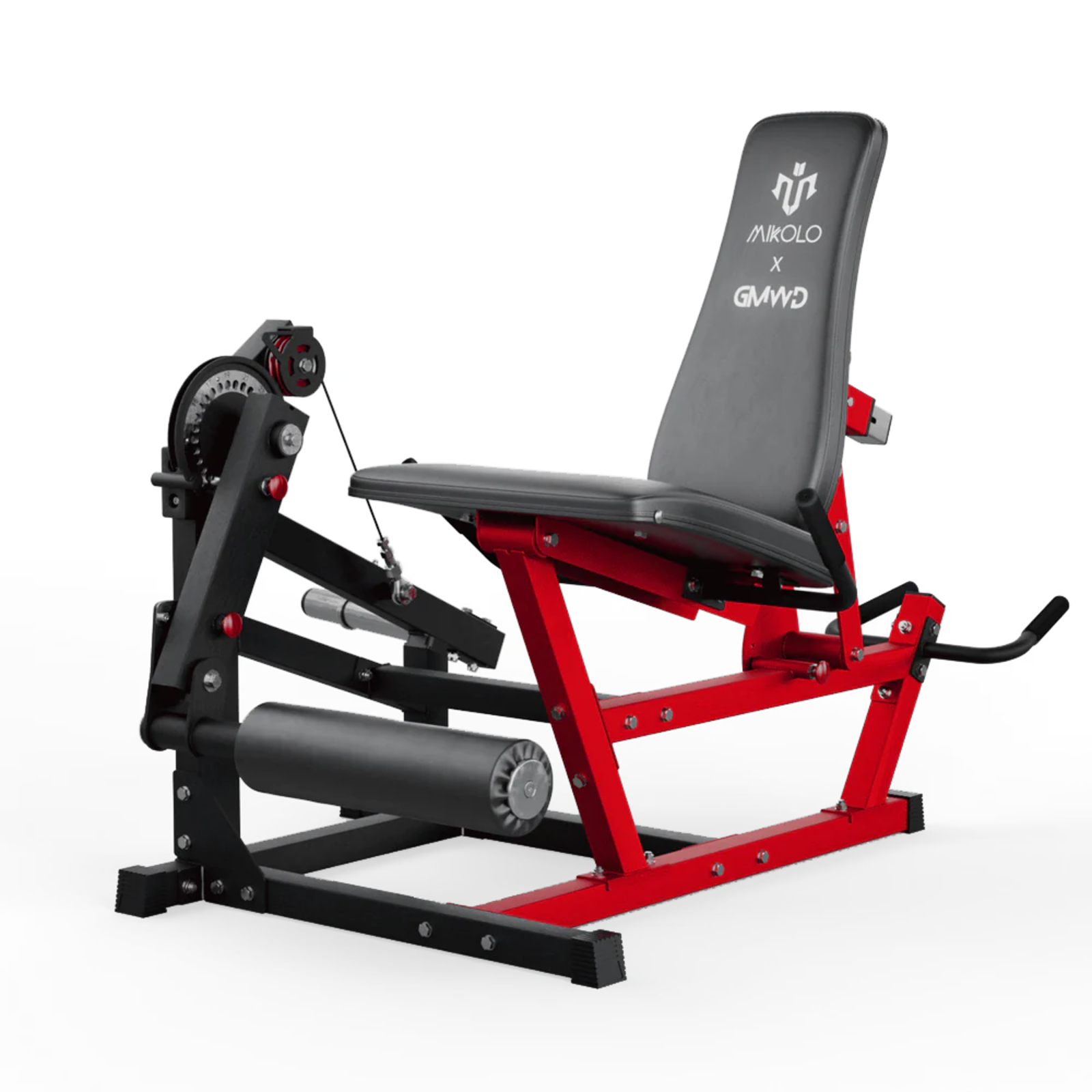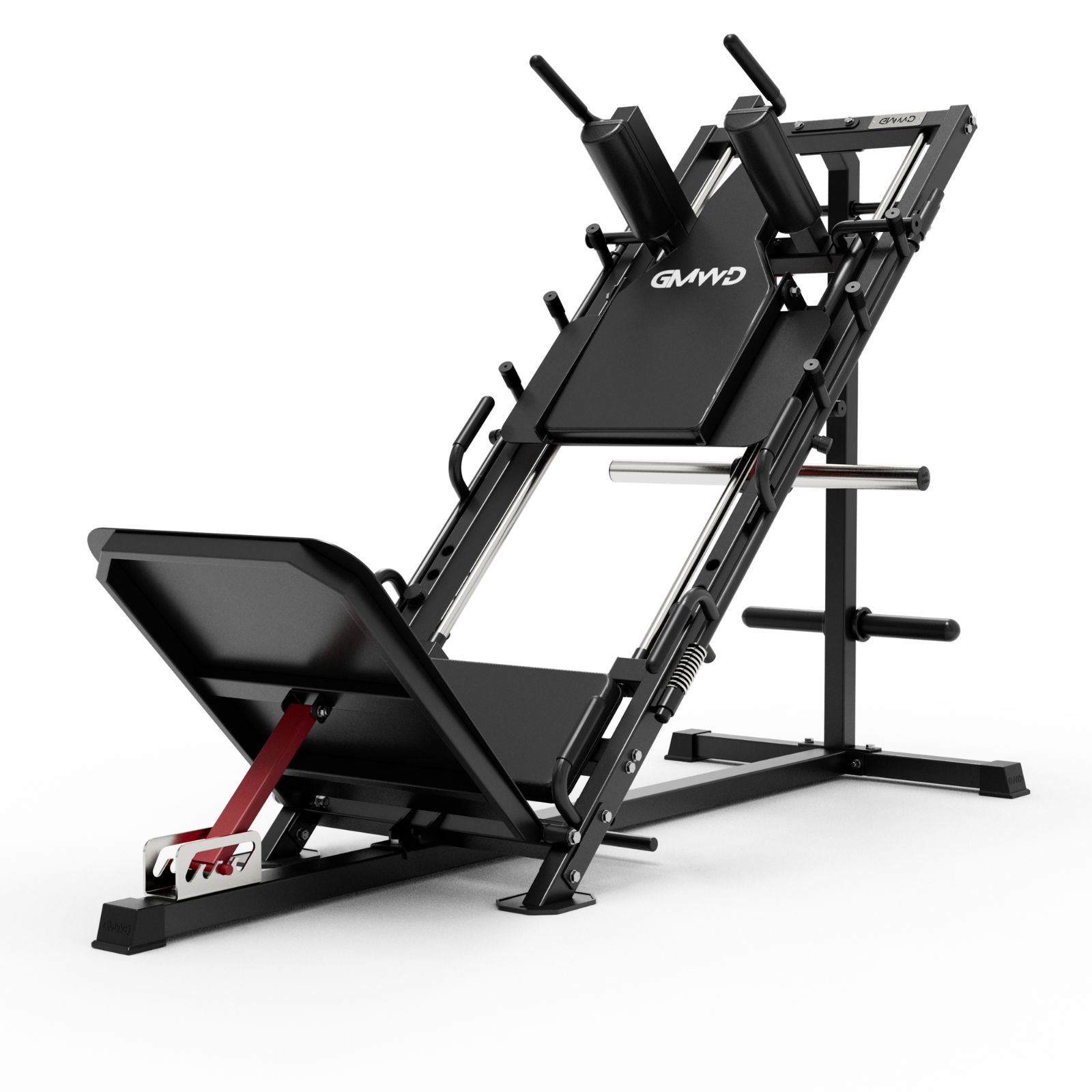When it comes to building strong, sculpted arms, many lifters focus heavily on biceps. But the triceps—making up nearly two-thirds of your upper arm—are where true size and strength come from. One of the most effective movements to target them is the tricep extension, especially when done with a dumbbell.
What is a Tricep Extension?
A tricep extension is a single-joint isolation movement that targets the three heads of the triceps muscle. It’s commonly performed using a dumbbell, cable, or barbell. Among these, the dumbbell tricep extension—especially the overhead variation—is a popular choice for both beginners and seasoned lifters due to its simplicity and effectiveness.
How Much Weight Should You Use for Tricep Extensions?
There’s no one-size-fits-all answer to tricep extension weight—what matters is that the weight challenges your triceps without compromising form.
General Dumbbell Tricep Extension Standards:
-
Beginners often start with 8–15 lbs per hand, depending on strength and stability.
-
Intermediate lifters typically use 15–25 lbs per hand, especially in seated or lying extensions.
-
Advanced lifters may progress to 30–40 lbs per hand or more, particularly for overhead movements.
Always prioritize control over ego. The triceps respond well to strict form, full range of motion, and slow eccentric (lowering) phases.
Overhead Tricep Extension: Weight Recommendations and Tips
The overhead tricep extension—whether with a single dumbbell gripped with both hands or two lighter dumbbells—is a powerful tool for hitting the long head of the triceps, which adds that deep horseshoe shape.
Tips for Choosing Overhead Tricep Extension Weight:
-
Use a weight that allows 8–12 clean reps with good shoulder stability.
-
If you're using a single dumbbell with both hands, you might go heavier than if you're pressing two dumbbells independently.
-
Keep your elbows tucked and pointed forward, not flaring out. This keeps tension on the triceps and protects your shoulders.
Personal Experience: A Shift in Focus
Years ago, I was fixated on pressing movements—bench, incline, dips. My triceps were strong, but lacking in shape. I added seated overhead tricep extensions into my routine with a moderate dumbbell (starting at 25 lbs and gradually increasing). Within weeks, the stretch and burn I felt in the long head of the triceps was unmatched by any press. The visual changes—more definition, more fullness—were proof that isolation work had its place.
One small adjustment made a massive difference: focusing on eccentric control. Slowing down the lowering phase increased the time under tension and created deeper fatigue without needing heavier dumbbells.
Progressing Your Tricep Extension Dumbbell Weight
To build strength and size safely:
-
Start light to groove the movement pattern.
-
Increase reps before adding weight.
-
Add pause reps or slow eccentrics to boost intensity without going too heavy.
-
Use dumbbells, cables, and EZ bars to train the triceps through slightly different angles.
Tracking your tricep extension dumbbell weight over time helps ensure progression. If you’re hitting 12–15 reps easily with a given weight, it’s time to go up 2.5–5 lbs.
Final Thoughts
The tricep extension, particularly the overhead dumbbell variation, deserves a permanent spot in your arm day lineup. Whether you're aiming for definition, strength, or injury prevention, learning how to adjust your weight and form can elevate your training results.
If you're just starting out, begin light and focus on quality movement. Your triceps will thank you with size, strength, and definition that pressing alone can’t deliver.










































Leave a comment
This site is protected by hCaptcha and the hCaptcha Privacy Policy and Terms of Service apply.